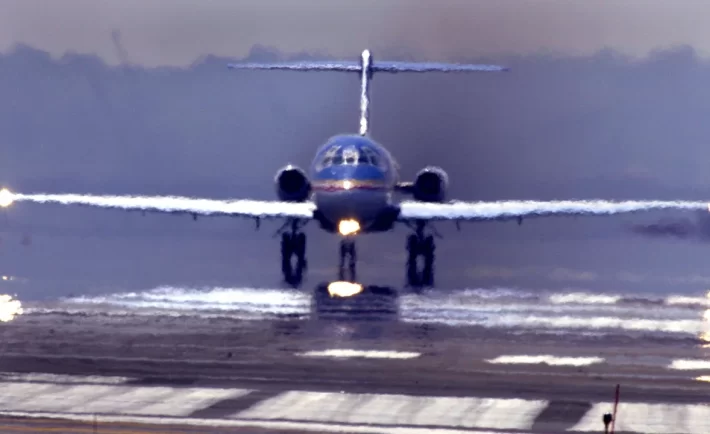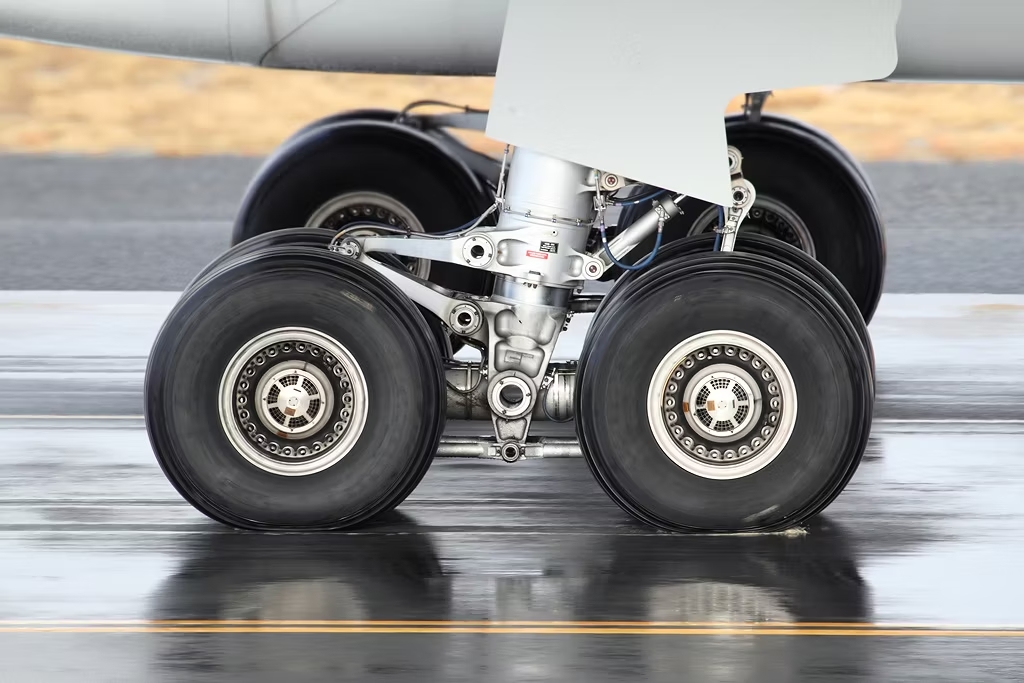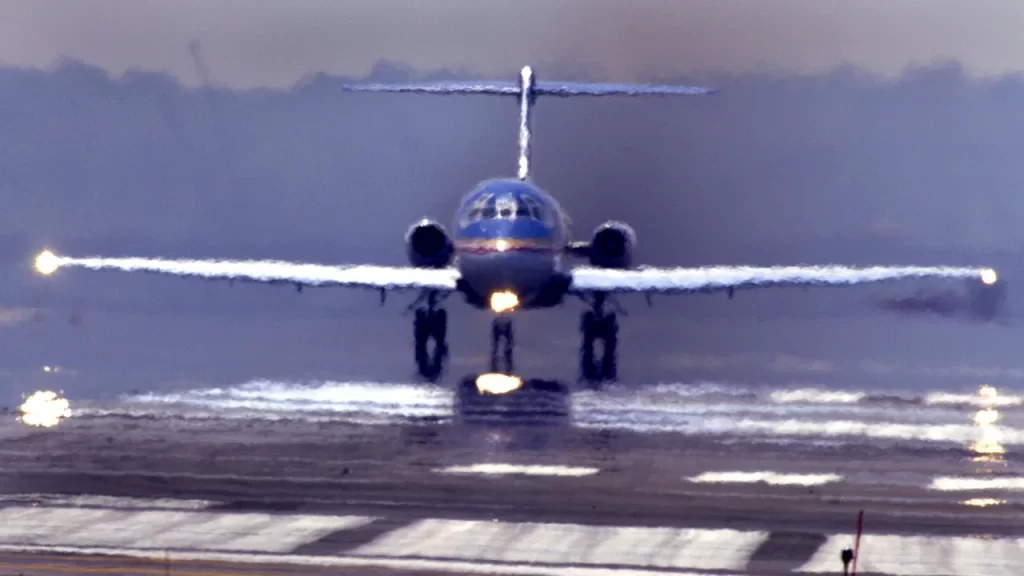
Aircraft wheel maintenance stands out as a crucial component for guaranteeing safe and smooth landings, but aviation safety is a multidimensional endeavour. A careful approach to the maintenance of aircraft wheels becomes crucial since they experience extreme stress during takeoffs and landings. This article will discuss in-depth maintenance advice in this talk that not only increases the lifespan of aeroplane wheels but also makes landings safer and more seamless overall.
1. Inspection of Tire Treads and Pressure
Tire tread inspection entails thoroughly examining the wear patterns rather than merely a quick scan. Changes in tread depth can have an effect on the stability of the aircraft upon landing. The probability of performance-related problems is decreased by routine monitoring and early detection of uneven wear. At the same time, it’s critical to maintain the right tire pressure. Uniform weight distribution is ensured by adequate pressure, reducing the possibility of blowouts during landings. Airlines should promote a culture of thorough tire inspections and stress the need for prompt action when abnormalities are found in the tread.
2. Wheel Bearing Checks
For a smooth landing, the unsung heroes are the wheel bearings, frequently disregarded. Ensuring the wheels spin smoothly requires routine wear, corrosion, or damage inspections. You can buy the best aircraft wheels from a well-known source. During landings, significant heat generation can be caused by defective wheel bearings, which also affect the landing gear’s overall effectiveness. Regular inspections help guard against possible overheating problems and ensure the aircraft’s and its occupants’ safety by quickly replacing damaged bearings.
3. Brake System Maintenance

The brake system’s dependability is essential because it is the last line of defence during landings. It’s critical to proactively approach routine brake component inspections, such as disc and pad replacements. Early detection of deterioration allows for prompt correction, guaranteeing optimal braking system performance during landings. This lessens the possibility of skidding and excessive wear, which could result from a neglected braking system. Thorough brake system inspections must be ingrained in airlines as essential to their regular maintenance procedures.
4. Alignment and Balancing
Aircraft wheels also require alignment and balancing, two concepts closely related to car maintenance. The instability of the aircraft during crucial flight phases can be directly affected by misalignment, which can lead to uneven tire wear. Routine inspections and modifications greatly influence the best performance during landings to guarantee exact wheel alignment. Wheel balancing is equally important in reducing vibrations, improving passenger comfort and protecting the aircraft’s landing gear from potential damage.
5. Corrosion Prevention Measures
Aircraft wheels are subjected to a wide range of corrosive substances in the aviation environment, making corrosion avoidance a never-ending struggle. Sturdy procedures, like applying coatings that resist corrosion, are essential to preserving the structural integrity of landing gear components. Airlines can proactively address potential hazards by conducting routine corrosion vulnerability examinations, particularly in locations that are prone to moisture retention. This method reduces the possibility of unplanned breakdowns during landings while also ensuring the longevity of aeroplane wheels.
6. Lubrication of Landing Gear Components
The secret to seamless operation of landing gear components is effective lubrication. For the best performance during landings, reduced friction, and protection against premature wear, it is imperative to grease wheel bearings, joints, and other moving parts regularly. Following lubrication regimens, as advised by the manufacturer, is crucial. In addition to extending the life of landing gear components, this careful approach is essential to preserving the aircraft’s general safety.
7. Temperature and Weight Considerations

Variations in weight and temperature can introduce dynamic variables that affect how well an aeroplane’s wheels function during landings. For example, tire inflation is temperature-sensitive and requires careful adjustments to maintain the right pressure. Furthermore, different aircraft weights have distinct effects on landing gear components. A thorough strategy to preserve the integrity and operation of aeroplane wheels consists of strict adherence to suggested tire inflation temperature ranges and careful consideration of weight considerations.
Conclusion
A vital component of aviation safety, wheel maintenance is more than just checking a box. Every aspect of an aircraft, from thorough tire inspections to the complex world of wheel bearings and brake systems, is essential to its performance and safety. Airlines can enhance aviation safety and security while guaranteeing their fleets’ dependability by integrating these maintenance ideas into their regular procedures.




